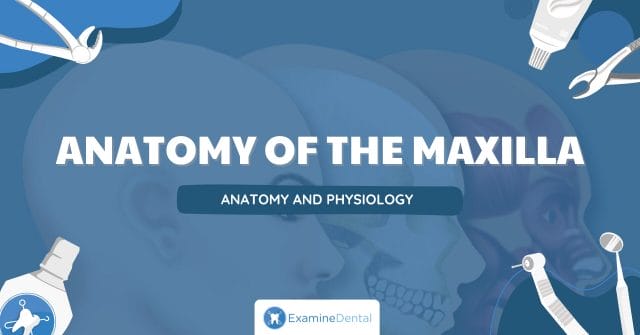
Anatomy of the Maxilla
Contents
ToggleAnatomy of the Maxilla
Objectives
By the end of these revision notes, you should be able to:
The Basics
The maxilla is a central structure of the facial skeleton that plays a crucial role in mastication, respiration, speech, and the formation of the orbits. The maxilla forms part of the hard palate and supports the upper dentition, making it essential for functions ranging from chewing to articulating sounds.
Embryology of the Maxilla
The maxilla begins developing during the fifth week of embryonic life from the first pharyngeal (or branchial) arch, which also gives rise to the mandible and other facial structures. Development is initiated by the formation of mesenchymal condensations in the region of the primitive stomodeum (future oral cavity). These cells differentiate under the influence of various signalling proteins, such as sonic hedgehog (SHH), bone morphogenetic proteins (BMPs), and fibroblast growth factors (FGFs).
By the seventh week of gestation, the maxillary processes fuse with the medial nasal prominences to form the upper lip and anterior maxilla. Meanwhile, the palatal shelves, extensions of the maxillary processes, grow medially and fuse to form the hard palate. This fusion completes by the 10th week of gestation, leading to the separation of the oral and nasal cavities.
Major Influencing Factors: SHH, BMPs, FGFs
Time Frame of Development: Begins in the fifth week; palatal fusion completes by the 10th week
Structural anatomy of the Maxilla

🚨 Access Restricted

Subscribe to access ALL revision notes and cheat sheets!
We provide a wide range of revision notes and cheat sheets to help you study and prepare for exams! To access all we have to offer, head over and subscribe to ExamineDental now to supercharge your revision!
